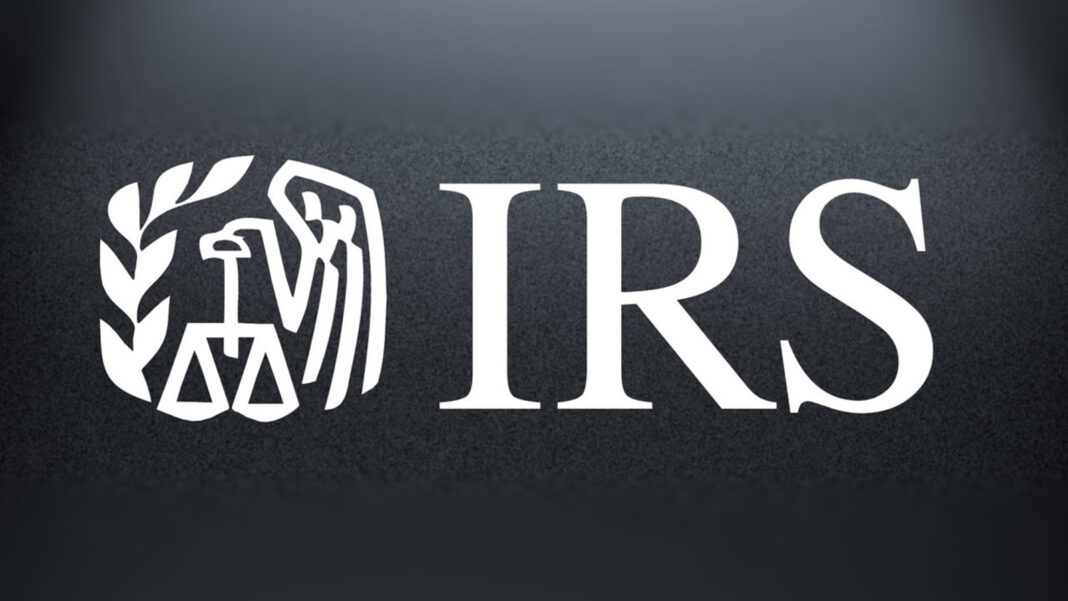Tax Withholding Estimator online tool helps taxpayers see if they may get a refund
Washington — The Internal Revenue Service reminds taxpayers who earn wages to use the Tax Withholding Estimator on IRS.gov now to adjust their 2023 withholding. People’s tax situations occasionally change through marriage or divorce, adding a child or having one move out on their own. Checking now and making necessary adjustments early in the year may help them avoid the need for quarterly estimated tax payments.
The Tax Withholding Estimator online tool helps taxpayers see if they may get a refund or need to make a payment directly to the IRS to avoid a tax bill and penalties next year.
Income taxes are pay-as-you-go and are normally paid during the year as income is received through withholding from paychecks, pension payments, Social Security benefits or certain other government payments.
Having a second job or non-wage income from unemployment, self-employment, annuity income, the gig economy or digital assets may require taxpayers make quarterly estimated tax payments to avoid a balance due when they file.
In addition, various financial transactions, especially late in the year, can have an unexpected tax impact. Examples include year-end and holiday bonuses, stock dividends, capital gain distributions from mutual funds and stocks, bonds, virtual currency, real estate or other property sold at a profit.
Tax Withholding Estimator
The Tax Withholding Estimator, also available in Spanish, can help wage earners determine if they have too much or too little tax withheld. Taxpayers may use the estimate to change their withholding amount and submit a new Form W-4, Employee’s Withholding Certificate, to their employer. The tool offers those who earn wages step-by-step help for tailoring the amount of income tax they should have withheld from their paycheck.
Make a tax payment
The fastest and easiest way to make an estimated tax payment is to do so electronically using IRS Direct Pay or the Treasury Department’s Electronic Federal Tax Payment System (EFTPS). For information on other payment options, visit IRS.gov/payments. If paying by check, be sure to make the check payable to the “United States Treasury.”
Other items may affect 2023 taxes
Some unforeseen life events can trigger a need to make withholding adjustments. Here are some tools to help taxpayers know how to make adjustments due to different scenarios:
- Tips for using the IRS Tax Withholding Estimator.
- What to do with your Tax Withholding Estimator results.
- About Form W-4, Employee’s Withholding Certificate – including recent updates, related forms and instructions on how to file.
- Coronavirus tax relief – help for taxpayers, businesses, tax-exempt organizations and others – including health plans – affected by the coronavirus (COVID-19).
- Disasters such as wildfires and hurricanes – special tax law provisions when the federal government declares their location a major disaster area.
- Job loss – IRS Publication 4128, Tax Impact of Job Loss – explains how this unfortunate circumstance can create new tax issues.
- Workers moving into the gig economy due to the pandemic – advises people earning income in the gig economy.
- Publication 505, Tax Withholding and Estimated Tax, has additional details, including worksheets and examples, that can be helpful to those who have special situations.








